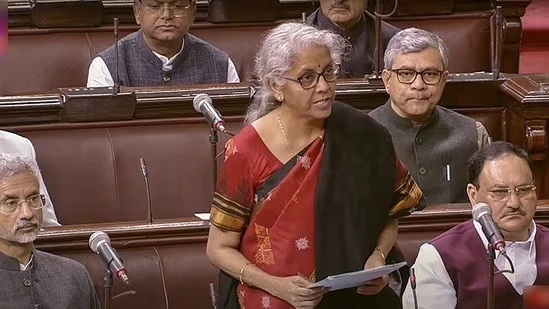In a budget speech that struck a chord with bankers and investors alike, Finance Minister Nirmala Sitharaman announced a commitment to fiscal consolidation, bringing joy to financial institutions amid the evolving global and domestic macroeconomic landscape.
The Finance Minister’s resolute stand on adhering to the fiscal consolidation path post-pandemic was well-received by bankers, who seldom hear such assurances in recent times. The decision to stick to the fiscal consolidation path, especially in an election year, showcases both strength and boldness, aligning with the changing economic scenarios.
Fiscal Prudence and International Standing
Sitharaman’s strong intention to adhere to the fiscal consolidation path is expected to garner positive responses from rating agencies and global investors. Her goal to reduce the fiscal deficit to 5.1 percent of GDP for FY25, lower than broader expectations, resonates well with the international investing community. The revised fiscal deficit estimate for FY24 at 5.8 percent, down from 5.9 percent, further reinforces the government’s commitment to fiscal discipline. As part of the fiscal consolidation efforts, Sitharaman aims to narrow the budget deficit gap, bringing the fiscal deficit below 4.5 percent by the end of fiscal year March 2026.
Lower Government Borrowing: A Positive Signal
The announcement of a gross borrowing of Rs 14.13 lakh crore for the upcoming fiscal year, compared to Rs 15.43 lakh crore in the current fiscal, serves as a sweetener for bankers and investors. The lower-than-expected government borrowing is anticipated to receive appreciation from bond markets, potentially leading to a decrease in yields over time. This move is seen as a positive development for private investments, as lower government borrowings alleviate concerns of crowding out from both availability and pricing perspectives.
No Change in Tax Rates: A Prudent Move
In an election year, the Finance Minister’s decision to refrain from making major changes to tax rates is laudable. The absence of big announcements and a commitment to continuity is viewed positively. The budget, often seen as staying in cruise control mode during a vote on account, managed to make bold statements of intent without unveiling major reforms. The assurance of stability and adherence to fiscal prudence provides good reasons for optimism among financial stakeholders. As the saying goes, sometimes, no news is good news, and in this case, it reflects the confidence of continuity in economic policies.

